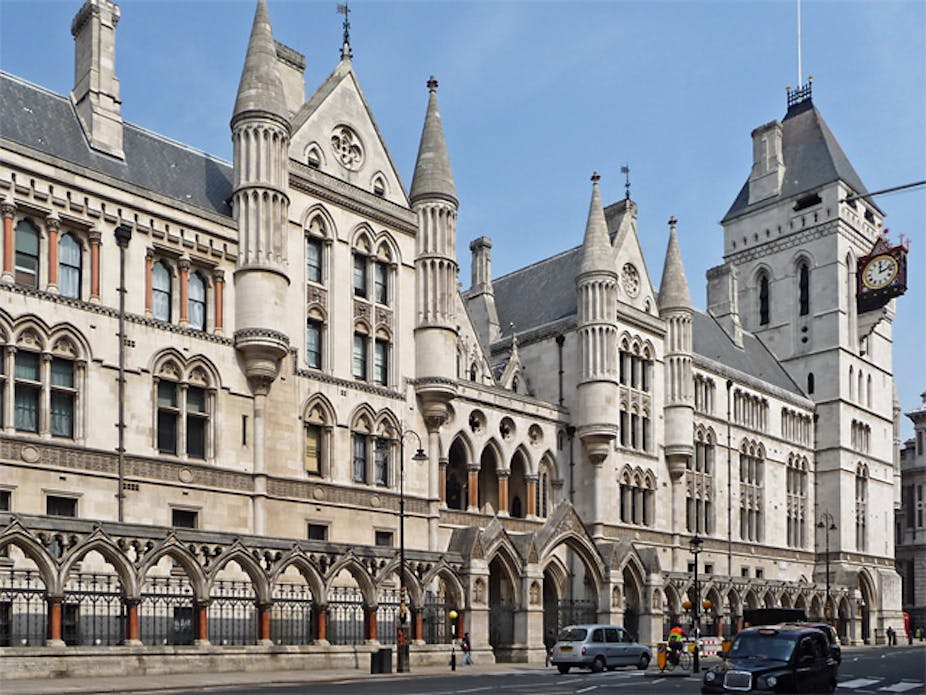The Court of Appeal is to be televised for the first time now that a ban on cameras in courts in England and Wales has been lifted.
High-profile media organisations have been lobbying for such a move for some time and the first broadcast has already been made from the Royal Courts of Justice.
There is no question that the justice system ought to be public. That necessarily means that it ought to be as publicly accessible and visible as possible. Indeed, this is an aim that the justice system itself should actively pursue by taking measures to enable as many people as possible to gain access to the system’s operations.
Televising court proceedings is one important step in that direction for the obvious reason that the justice system now potentially reaches a much wider audience. That said, it’s unlikely that daytime television producers should be losing any sleep over losing viewers. Audience figures are generally low elsewhere.
It is commendable that the televising of trials is being introduced very carefully. It is wise to restrict it initially to appellate proceedings, which resist being sensationalised much more than first-instance court hearings. I am also not particularly concerned that bringing the Court of Appeal in people’s living rooms will result in a lack of respect. In fact, people may well respect courts more, if they can see with their very eyes that courts are serious and fair.
There are, however, some concerns as to whether televising trials can satisfy the principle of publicity. Some hope that direct access to proceedings will unclutter people’s perception of the justice system not least by cutting out the press and its various biases as the middleman for delivering information to the public about what goes on within their walls. The idea seems to be that if the viewer has first-hand experience of the goings-on in court, they will also form an unbiased view on what is being discussed.
But can this really be true? Proceedings in the Court of Appeal in particular can revolve around extremely complex technical issues, which are impossible to grasp properly without an advanced understanding of the law and legal method. Whether it is a good or a bad thing that law can be so difficult to grasp is an important but separate question. The point is that, without a more sophisticated knowledge of the law, a casual viewer will inevitably filter what they see through the biases they already harbour in a way that distorts the meaning of what it is in fact going on in the courtroom. Imagine, for example, how a sentencing appeal which is upheld for good reasons can easily be misunderstood and how this can trigger disagreements for all the wrong reasons.
For justice to be public it needs to be more than just visible. It is necessary that the justice system communicate its operations to the public in an understandable and undistorted way. If justice is to be open, then people should be given the chance to fully understand what the legal issues really are in each case, what exactly the courts have decided when they deliver a ruling, why they reached the decision and what the alternatives were The public also deserves to know what the future ramifications of their decision will be.
If it is bias that we’re trying to eliminate, throwing people in at the deep end of the justice system is not the solution. Information about the law must be properly edited and communicated for it to be of any value and for it to inform political dialogue without the risk of legal populism. But instead of leaving this exclusively to the press or commentators in the blogosphere, it should be done by accountable public officials.

